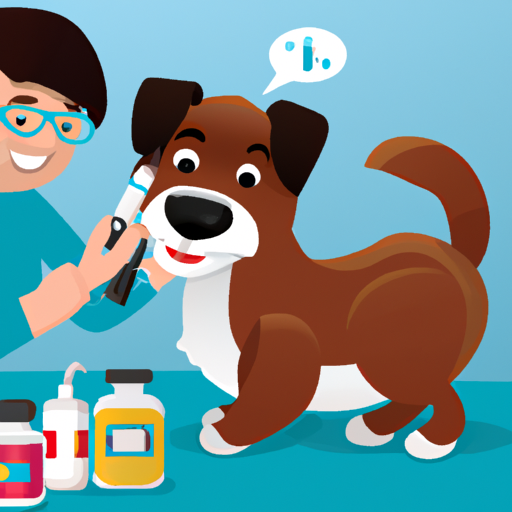As a caring pet parent, you may be devastated to learn that your furry friend has been diagnosed with diabetes. But fret not, with proper care and the right treatment, your four-legged companion can lead a healthy and fulfilling life. This comprehensive guide will provide you with the necessary insights into the treatment for diabetes in dogs.
What is Diabetes in Dogs?
Similar to humans, dogs too can be afflicted with diabetes. This condition occurs when your dog’s body is unable to produce or effectively utilize insulin, a hormone that aids in converting food into energy. Diabetes can lead to high levels of sugar in your dog’s bloodstream, causing various health issues.
Common Symptoms of Diabetes in Dogs
Recognizing the symptoms of diabetes in your dog is crucial for early treatment. Here are some signs to watch out for:
- Increased thirst
- Frequent urination
- Weight loss despite normal or increased appetite
- Fatigue
- Chronic skin infections
Diagnosing Diabetes in Dogs
If you notice any of the above symptoms, it’s essential to consult your vet immediately. A diagnosis is usually made through:
- Physical examination
- Comprehensive blood tests
- Urinalysis
Treatment Options for Diabetes in Dogs
Once a diagnosis has been made, your vet will devise a treatment plan tailored to your dog’s needs. This typically involves:
Insulin Therapy
This is the primary treatment for diabetes in dogs. Your vet will instruct you on how to administer insulin injections at home. The doses and frequency will depend on your dog’s specific requirements.
Dietary Adjustments
Your vet may recommend a special diet that is high in fiber and complex carbohydrates and low in fats and simple sugars. This diet helps to slow down the absorption of glucose from the digestive tract, thus controlling blood sugar levels.
Regular Exercise
Maintaining a consistent exercise routine can help to regulate your dog’s blood sugar levels. However, the intensity and duration of the exercise should be adjusted based on your dog’s overall health and age.
Monitoring Your Dog’s Health
Consistent monitoring of your dog’s health is vital in managing diabetes. This could involve:
- Regular vet check-ups
- Home monitoring of blood glucose levels
- Observation for any changes in behavior, appetite, or weight
The Role of Caregiver
As a caregiver, your role is crucial in managing your dog’s diabetes. This includes:
- Administering insulin injections as prescribed
- Ensuring your dog follows the recommended diet
- Facilitating regular exercise
- Monitoring your dog’s health and reporting any changes to the vet
Potential Complications
If left untreated, diabetes can lead to serious complications such as:
- Kidney disease
- Liver disease
- Urinary tract infections
- Cataracts
FAQs
1. Can dogs with diabetes live a normal life?
Yes, with proper management and treatment, dogs with diabetes can lead a normal, healthy life.
2. How often should I take my diabetic dog to the vet?
Initially, frequent vet visits may be required to adjust the insulin dosage. Once stabilized, regular check-ups every 3-6 months are usually sufficient.
3. What should I feed my diabetic dog?
Your vet will recommend a diet plan suitable for your diabetic dog. This usually includes high-fiber, complex carbohydrate foods with low fats and sugars.
4. Can diabetes in dogs be prevented?
While there’s no surefire way to prevent diabetes, maintaining a healthy diet and regular exercise can help reduce your dog’s risk.
In conclusion, while diabetes can be a challenging condition to manage, your love and commitment as a caregiver can ensure your furry friend leads a healthy, happy life. Remember, regular vet check-ups and consistent care are key to managing this condition effectively.



